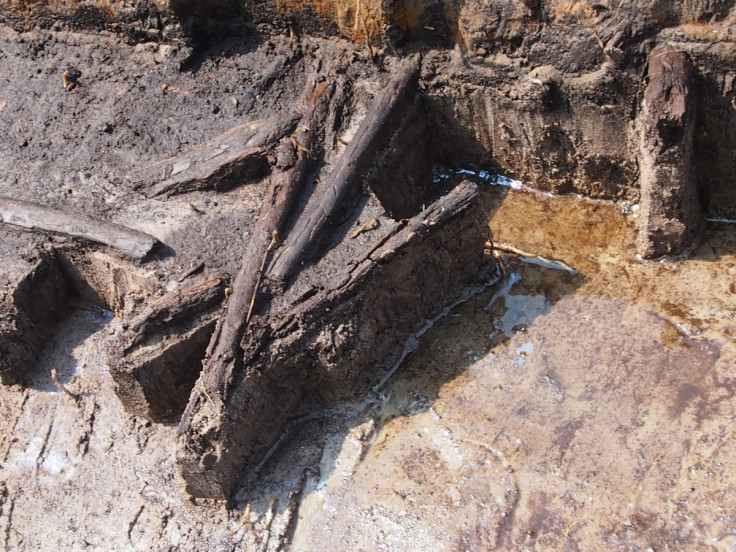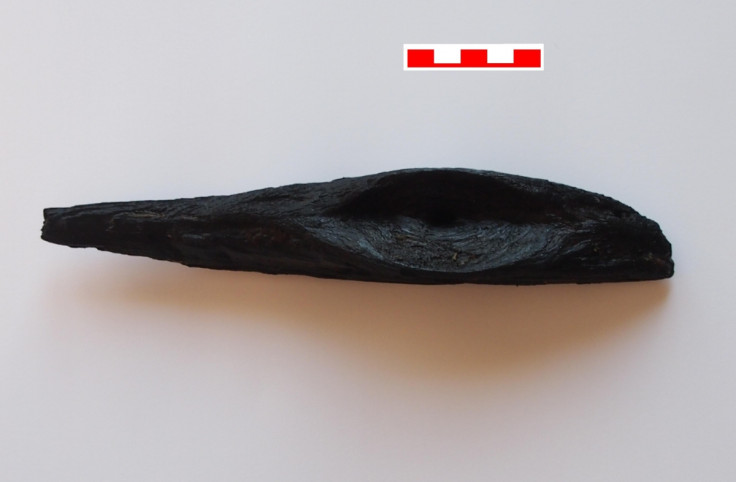Mysterious shaman sanctuary sheds light on the spirituality of early Holocene people

The discovery of a 9,000-year-old shaman sanctuary has lifted the veil on some of the mysterious rituals performed by the shamans of Mesolithic Poland. Archaeologists believe the site reflects the spiritual culture and the social organisation of the hunter-gatherer people of the early Holocene.
The exploration of the sanctuary, located in Bolków, south west Poland, began in 2012, when a group of scientists came across remains of huts. They first believed the structures were traces of an ancient hunter settlement.
However, after careful examination of the area, they recovered a range of artefacts that pointed to the unique, spiritual nature of the site. From a wooden censer used to produce thick clouds of smoke and drive off evil spirits, to the herbaceous plants and the animals bones on the ground – an offering to the shaman – everything coincided to suggest the huts formed part of an old sanctuary.

Perfect observation of the constellations
After looking through the huts, archaeologists focused on an unusual structure, which clearly stood out in the landscape. In the shape of a trapeze, it was composed of two poles, with an arrangement of stones placed around it. They were intrigued as to what purpose the building might serve.

Even more unusual were the yew blades driven into the soil of the structure, forming a shape similar to the famous "Big Dipper" constellation. The archaeologists believe the structure reflects the fact that shamans may have performed rituals based on their interpretation of movement of the stars.
"It is difficult not to notice that this arrangement resembles a fragment of the Ursa Major constellation, the so-called 'Big Dipper'... It is exceptionally visible among the stars, especially at our latitudes. The yew stakes arrangement may illustrate an effort to render this shape in symbolic fashion. There could have been some beliefs and rites connected with it," explained lead researcher Tadeusz Galiński.

In the sanctuary, located on a high slope in the vicinity of a lake, shamans would have enjoyed a perfect panoramic view to observe the stars.
Coloured ritual stones
Large coloured stones, including some not naturally found in the region, were also lying on the rich damp ground of the structure. Among the rocks identified were green syenite, diorite, granite, quartzite, sandstone, red marble, black amber and volcanic rock.
"This extraordinarily rich collection of stones is unique among the previously known Mesolithic sites, located both within the vast European Plain, and in the zone of the foothills and highlands. These stones had to be brought to the site and not only from the surrounding area... but also from distant lands," says Galiński.

Though the purpose of the stones is unclear, their presence suggests that the sanctuary was not only a place for making offerings to the shamans, but that it was also used for performing other rituals to connect with the spiritual world.
Multiple functions for the shamans
Over the years, scientists have discovered indirect evidence that shamans were important figures of authorities in Mesolithic hunter societies of the European lowlands. They held multiple functions. They were the guardians of the traditions, but also acted as healers and scientists who conducted explorations of the natural world.
The archaeologists believe the discovery of bones, plants and stones, as well as the references to the stars in the sanctuary, confirm that shamans spent a lot of time observing and analysing their natural environment. The rituals they performed could have been associated with their understanding of nature and astronomy. These hypotheses further our knowledge of the shamans' spiritual and social role.
A complete and detailed description of all the objects discovered on the site can be found in an article published in Polish the journal Archeologia Polski 60: 2015.
© Copyright IBTimes 2025. All rights reserved.






















